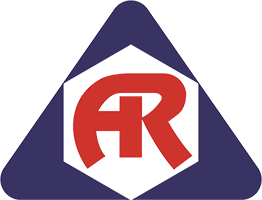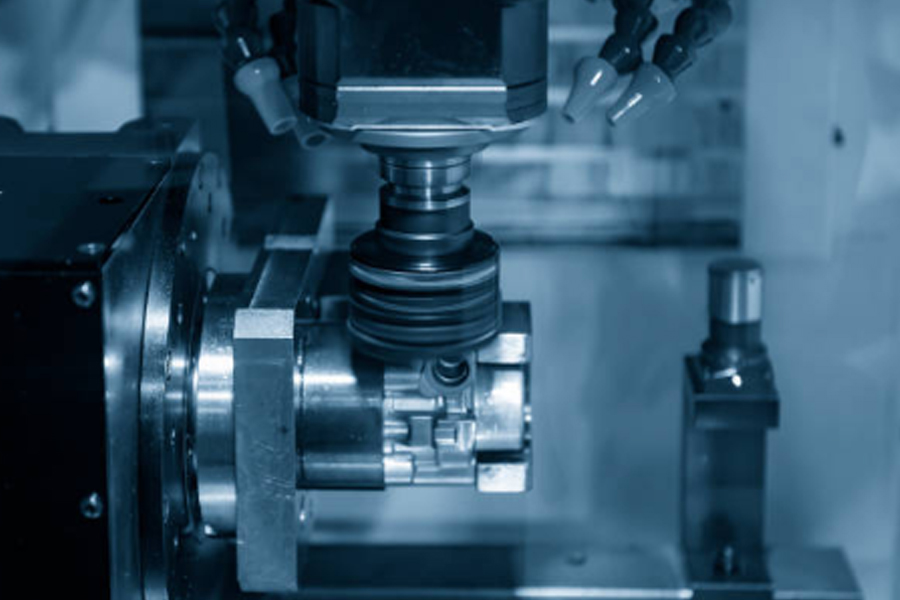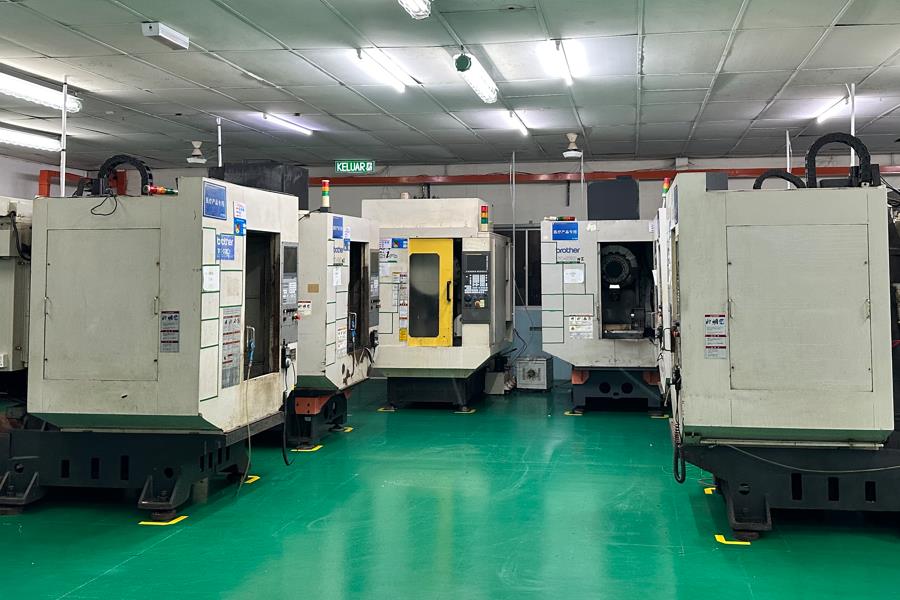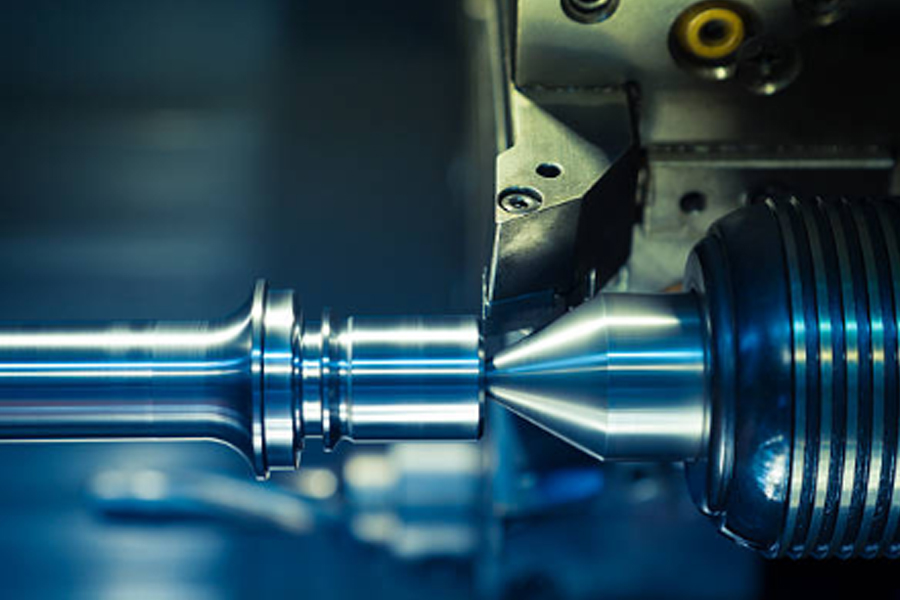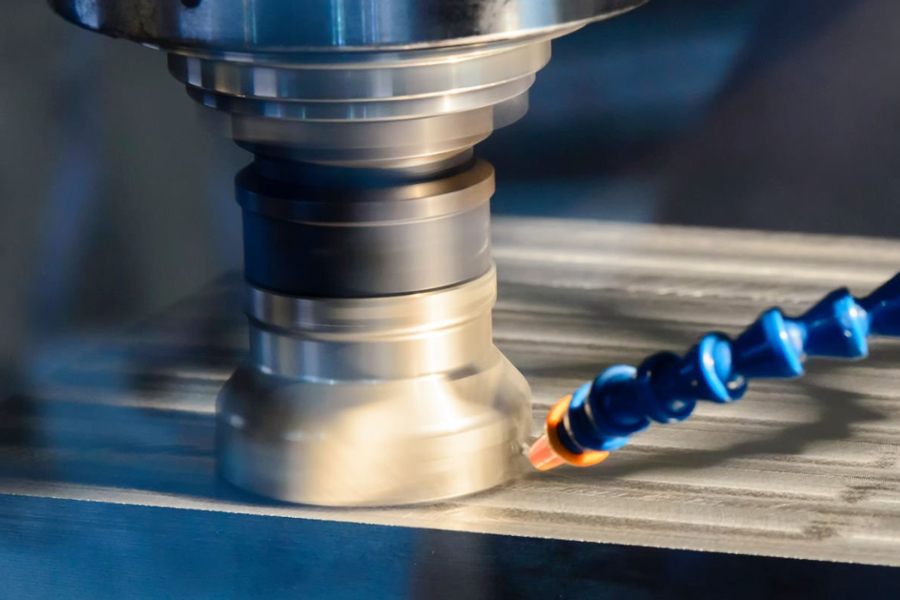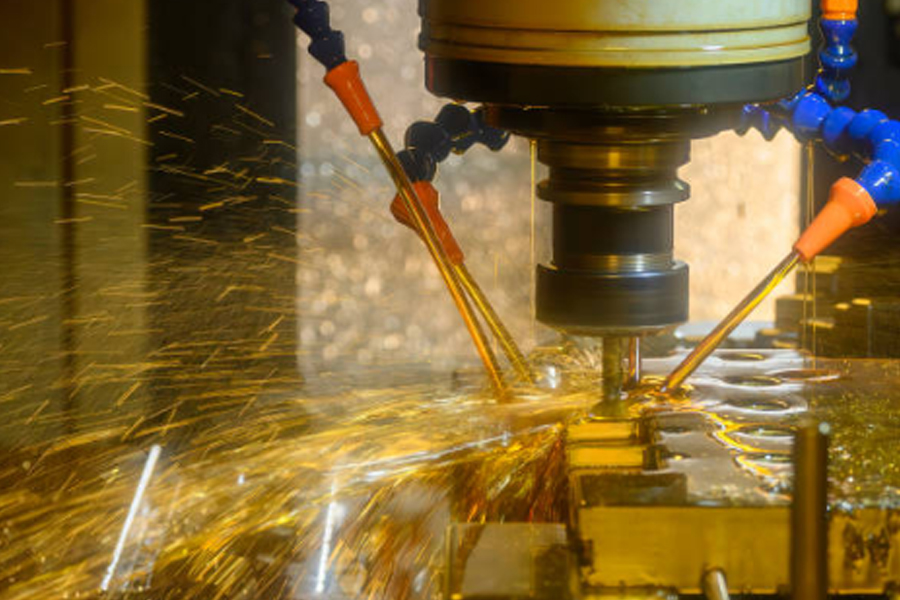CNC machining is one of the most precise and versatile manufacturing methods, but the costs can rise quickly if projects are not planned carefully. Procurement teams and engineers often face the challenge of balancing quality, lead time, and price while keeping production within budget.
Rising material costs, complex designs, and additional finishing steps can all push machining expenses higher. To keep projects cost-effective, it is essential to understand what drives those costs and how to control them without sacrificing quality or performance.
At Ares Precision in Malaysia, we work with manufacturers to help them achieve both accuracy and efficiency. Based on our experience, here are five practical ways to reduce CNC machining costs while meeting your production goals.
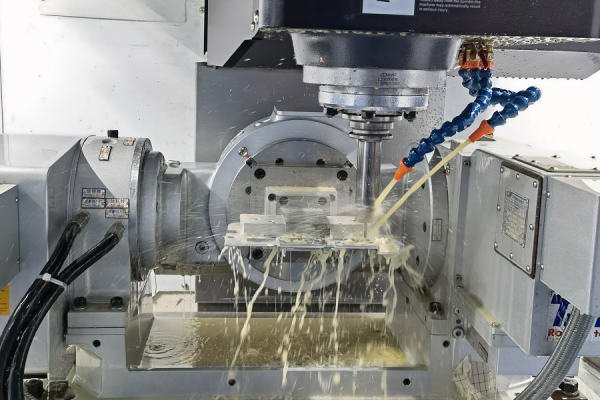
Why Do CNC Machining Costs Add Up?
Before you can reduce costs, it’s important to understand what drives them. CNC machining costs are typically influenced by:
-
Material Choice: Exotic alloys and hard metals like titanium or Inconel are more expensive to source and machine than aluminum or mild steel.
-
Design Complexity: Intricate geometries, tight tolerances, and deep cavities increase machine time and setup requirements.
-
Tooling and Setup: Parts that require frequent tool changes or multiple setups take longer and cost more to produce.
-
Finishing Operations: Surface treatments like anodizing, powder coating, and polishing add time and cost.
-
Order Volumes: Small batch runs can be significantly more expensive per unit compared to mass production.
By addressing each of these areas strategically, companies can achieve cost savings of 10–40% on CNC machining projects, depending on the part and production scale.
Tip 1: Optimize Part Design for Manufacturing
One of the most effective ways to cut CNC costs is to simplify and optimize part design. Complex designs may look impressive, but they often lead to unnecessary machining time and higher costs.
Focus on Simplified Geometries
-
Avoid deep cavities or sharp internal corners that require specialty tools and slow machining speeds.
-
Use standard radii for internal edges rather than custom angles.
-
Minimize thin walls and unsupported sections, which increase the risk of vibration and tool chatter.
Relax Tolerances Where Possible
Tighter tolerances require slower feeds, specialized tooling, and more inspection—all of which add cost. For non-critical dimensions, use standard tolerances.
Consolidate Features
Combining multiple features into a single machining operation can reduce setup time and tooling changes. Work with your supplier to identify ways to machine parts more efficiently.
At Ares Precision, our engineering team offers Design for Manufacturability (DFM) reviews to help clients simplify designs. By adjusting tolerances, minimizing complex cuts, and using standard features, we help customers reduce machining time and overall part cost.
Tip 2: Choose the Right Materials
Material selection doesn’t just affect the raw cost of your part—it also impacts machining speed, tool wear, and finishing requirements.
Cost-Effective Metals
-
Aluminum is lightweight, corrosion-resistant, and highly machinable, making it ideal for prototypes and high-volume parts.
-
Mild Steel is affordable and strong, with many grades that balance machinability and durability.
Higher-Cost Materials
-
Stainless Steel offers superior corrosion resistance but is harder to machine.
-
Titanium and specialty alloys deliver strength-to-weight advantages but significantly increase machining time and tooling costs.
Whenever possible, evaluate whether a less expensive material can meet your functional requirements. Often, material substitutions (for example, using aluminum with surface treatments instead of stainless) can achieve the same performance at a lower cost.
At Ares Precision, we help customers source materials cost-effectively and identify alternatives when appropriate, while ensuring parts still meet structural and regulatory requirements.
Tip 3: Consolidate Finishing and Secondary Operations
Many projects involve secondary processes like deburring, anodizing, powder coating, or assembly. Sourcing these services separately can add logistics costs, delays, and quality risks.
Working with a full-service CNC partner that handles finishing in-house can:
-
Reduce transportation and coordination costs by eliminating multiple vendors.
-
Improve lead times, as all processes are managed under one roof.
-
Ensure consistent quality, since the same quality standards apply throughout machining and finishing.
At Ares Precision, we offer in-house finishing and assembly, including powder coating, anodizing, and polishing. This helps customers save time and money while ensuring that parts meet exact specifications.
Tip 4: Leverage Batch Production and Order Planning
Per-unit costs can vary significantly based on batch size and scheduling. Smaller runs often result in higher prices due to:
-
Setup Time: Each batch requires programming, fixturing, and tool changes.
-
Material Waste: Buying smaller quantities of raw material can lead to higher per-unit costs.
-
Machine Downtime: Frequent setup changes reduce overall shop efficiency.
How to Lower Costs Through Planning
-
Increase batch sizes where possible to spread setup costs over more units.
-
Schedule recurring orders to allow your supplier to optimize production planning.
-
Discuss blanket orders with your supplier, allowing for larger raw material purchases and consistent production slots.
At Ares Precision, we offer flexible production models that support both prototyping and high-volume runs. For customers with ongoing demand, we help plan production schedules to reduce per-part costs and ensure consistent delivery.
Tip 5: Partner with a Reliable CNC Machining Supplier
Finally, one of the most impactful cost-saving decisions you can make is to choose the right CNC machining partner. A reliable supplier will not only deliver quality parts but also help you streamline your entire production process.
What to Look for in a Supplier
-
Modern CNC Equipment: Advanced machines improve efficiency and accuracy.
-
Engineering Support: Guidance on design and materials can save time and money.
-
Quality Assurance: ISO-certified processes to prevent costly rework or delays.
-
Scalability: Ability to handle everything from prototypes to mass production.
-
Strong Communication: Clear project management to avoid surprises.
At Ares Precision, we pride ourselves on being more than just a supplier—we’re a strategic partner for our customers. With state-of-the-art CNC equipment, experienced engineers, and ISO-certified quality control, we help businesses in Malaysia and beyond reduce costs, improve lead times, and achieve consistent results.
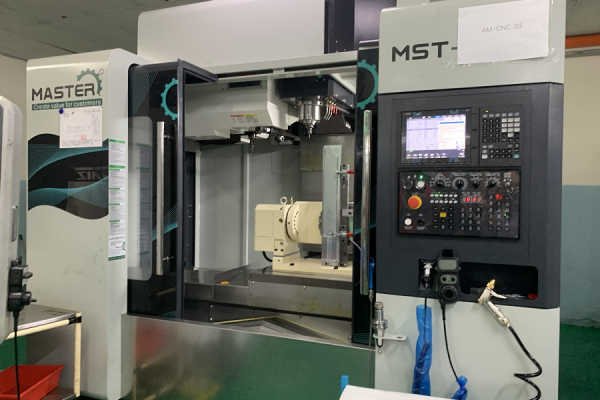
Conclusion: Achieve Cost Savings Without Sacrificing Quality
Reducing CNC machining costs doesn’t mean cutting corners. By optimizing design, choosing the right materials, consolidating finishing processes, planning production efficiently, and partnering with the right supplier, manufacturers can achieve significant savings while maintaining the quality their products demand.
At Ares Precision, we help businesses across industries achieve precision, efficiency, and cost control. Whether you’re developing prototypes or scaling to full production, our team can help you streamline your CNC machining projects from raw material to finished product.
Contact us today to request a consultation or a quote, and discover how Ares Precision can help you reduce costs and keep your projects on budget.
